OPERATIONAL EXCELLENCE
Operational Excellence begins with mindset. It is a strategic concept, an operational philosophy and a roadmap guiding both strategy and implementation. But what is it really? What are the best methods for achieving it, and where can you even start?
Technology is evolving rapidly, along with respective markets. Today, this means that everything needs to be done with ever-increasing speed matched with quality. Quality is more than just the product – it is also the way we deliver it. From how you structure your organisation to how you interact with your customers and suppliers. Operational excellence is a strategic concept, an operational philosophy, and a roadmap guiding both strategy and implementation. But what are the best methods for achieving it, and where do you start?
It all begins with mindset: developing an organisational strategy based on a relentless pursuit of improvement. It is a constant focus on the most profitable solutions to deliver optimum performance to meet or exceed internal and external customer expectations. Understand which operations make it difficult to complete tasks or cause delays, and continually adapt to meet your customer needs without wasting time.

deploy strategy
Your strategy is the backbone of your success. To support your strategy deployment you will need a clear roadmap, along with professional operational consultants to provide overall support for implementing a business plan.
customer insight
The most important component of an organisation is its customers. You need to deliver what your customers want and need. You must fully understand who the customer is and assess the criteria they deem to be critical to providing a quality service.
manage performance
The key to success is a structured approach, which involves using various techniques such as Six Sigma, Lean Production, Kaizen, and other methods and tools that work together to form a coherent framework.
develop vision
The very first thing is creating a vision of what you want to achieve. Determine the core concepts and beliefs that guide your organisation. A good vision statement will help you create shared goals, allowing everyone to know where the company is heading, and giving consistent direction.
continually improve
Continuous improvement is not restricted to just one thing or a single point in time; instead, it’s a long period of constant actions applied over and over in a structured manner in order to improve your business.
improve processes
When it comes to improving your company’s efficiency and effectiveness, improvement to business processes is vital. A good business process can help ensure consistency and quality of service and reduce cost significantly by eliminating unnecessary steps.

